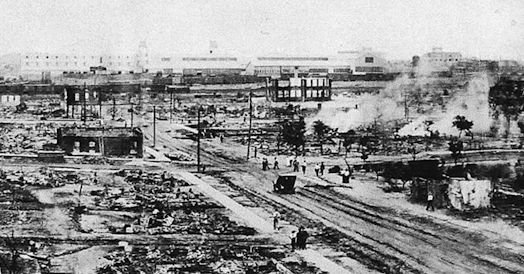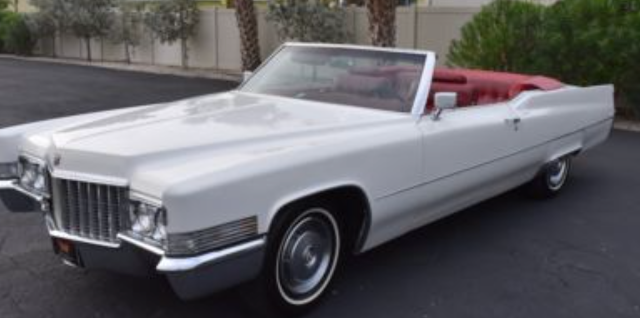As we are nearing the July 4th weekend, I feel compelled to write about a book I finished a couple of nights ago.
Built from the Fire is mostly about the Greenwood Massacre of 1921. Thousands of white people--including hundreds deputized by civil authorities, burned to the ground the Greenwood neighborhood of Tulsa, Oklahoma, a neighborhood--for its vitality and success often called "Black Wall Street."
It took almost a century to begin calling what happened in Greenwood a massacre, not a riot. There's a big difference and not just semantically. Civil authorities turned truck-mounted machine-guns on people. They killed babies. They looted and killed indiscriminately and heaped people in unmarked graves. Then they lied. Claiming a couple of dozen houses and a couple of dozen people were killed.
The true numbers will never be known. But consensus is hundreds of people were killed. Hundreds of homes and businesses were destroyed.
But to my eyes, Built from the Fire is not about one massacre. It's about three or four.
The first came before the fire.
When oppressed people's were driven from the Jim Crow South to Oklahoma--which was "free" and "Indian country." It was a massacre of behavior, social mores and history that forced this movement.
It continued in Greenwood.
Then it continued after the fire.
When insurance was denied. Real estate developers tried to steal the land. When suppliers wouldn't sell to Black people so they could rebuild. When the very history of the event was denied. That's a massacre, too.
The massacre-ing continued during the Great Depression. When Black residents were denied Federal relief. It continued during World War II, when they were denied the right to work in federally funded defense plants. It continued in segregated and underfunded schools. It continued through a brutal criminal justice system and an unmonitored police force. It continues by means of gerrymandering and systemic hate, today.
Remember, Tulsa was to be stop-one on trump's 2020 campaign for the presidency he soiled. That stop was scheduled for Juneteenth.
But this post isn't about defeat.
Or even hate.
Or even race.
It's about humanity.
For almost as long as there's been a Greenwood, there's been a Black newspaper in the community owned by members of the Goodwin family. It's still publishing. Still in the family. You can, and should read a bit of the paper's history here. And see its web page here.
Eighty years ago, Ed Goodwin, Sr., started putting these words on the front page. A bit like The New York Times puts "All the news that's fit to print." He wrote: “We Make America Better When We Aid Our People.”
In "Built from the Fire," Goodwin's son, David said this of the tagline: “Every week, we put it on. That’s why people come to the Eagle. Because we have a soul.”
That's the key.
Client, creative, account, planning, media, CPA, intern human.
Because we have a soul.
So much of life in advertising and the world, seeks to eliminate soul through lies, dishonesty, half-truths, hatred, short-cuts, convenience, expedience and worse.
Our work has to have soul.
Integrity. Truth. Information. Even, kindness.
When people come to what we do, it's not because of new cheesier Doritos. Or old people walking on the beach in a pharma spot. Or second-rate comedians sitting on a giant logo and shouting spurious claims at innocent viewers.
They come when we have soul.
Soul.
This is a lot for a Friday.
Blame it on soul.















